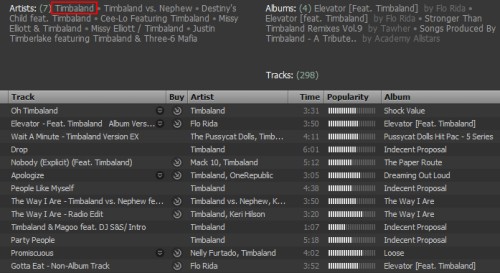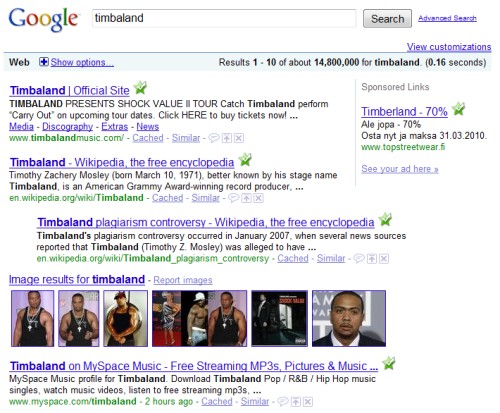I’ve never owned an iPod (sticking to my Zen) or an iPhone (using the dying breed of WinMo phones). As a result, I’ve never been forced to use iTunes. I have, however, used it a fair bit for purchasing music online. Compared to the other digital music stores out there, I always felt the customer experience that Apple has managed to deliver through iTunes has been quite exceptional, even without the hardware integration/lock-in factor. Of course the barganing power of Apple has helped them in building up a very competitive catalog of tracks for sale, which helps with the experience.
Recently I haven’t been touching iTunes much at all, since my online music consumpion has transformed from files to streaming, thanks to Spotify. Many times there are still tracks that are not available through the Spotify subscription service, which is when I turn to see if iTunes is providing them available for purchase. Much to my surprise, I’ve started to increasingly dislike the iTunes experience. Looking at the results from the new 2010 Customer Experience Index by Forrester, it looks like I’m not the only one.
Let’s compare what happens when I search for an artists in both services. iTunes goes first:
With the current version of iTunes 9, there’s just too much going on in the user interface. Even with the UI chrome excluded from the picture, there’s still way too many items fighting over my attention. Furthermore, I don’t get the immediate Google Experience ™, where the first search result is big and bold, waiting to be clicked. In iTunes the items are too small and don’t appear clickable, maybe because there’s just so much I could click on. Overall, the navigation just feels like too much work, not enough fun.
What about in Spotify then:
Lots of small text here as well, but it’s a lot more bearable, since the structure is so clear. I know the purpose of each UI element and they are grouped in a logical manner, so that none of the information I’m not interested in feels like any kind of distraction. Even without any previous experience of using the application, I think I would be quite at home in navigating in Spotify, since it follows the univesal language of audio library software. What’s funny is that I think much of that language has evolved from the most popular audio library out there: iTunes.
Why is iTunes starting to become more cluttered? Why is it going down the path of Altavista, which used to be the top search engine of its time, before transforming into a messy portal with too much ads and features going on, then consequently losign the game to Google? My theory is that both iTunes and Altavista have (or had, in the case of AV) the same problem, which is the need to be constantly selling to the user. iTunes Store does not make any money until the user clicks “buy”, and it needs to achieve this same behaviour time and time again. In a similar fashion, the portal fever that Altavista was infected with consisted of presenting as many ad banners to the visitor as possible, whereas Google cleared away the clutter and developed a way to show only relevant text ads in predetermined sections.
The Spotify model doesn’t have the hard sell built into it. Its model lures in new users with free accounts, to explore the simple functionaliy built over the vast library of music available for streaming by just clicking on it, building up an engaging first experience of the service. Sure, the users are greeted with audio ads between tracks, unless they purchase the premium account. However, that’s a handicap that you can disable with giving them money, and I’m betting people can easily understand the trade-off there. In iTunes Store there is no subscription service that would make the catalog browsing free from the hard sell. Not until Apple starts offering the similar streaming scheme as Spotify, that is.
Let’s take one final look at another UI for searching a particular artist. With the introduction of Google Music giving some glimpse of things to come, I’m betting that the future UI design patterns for audio libraries will most likely be coming from the masters of search.




0 Responses
Stay in touch with the conversation, subscribe to the RSS feed for comments on this post.